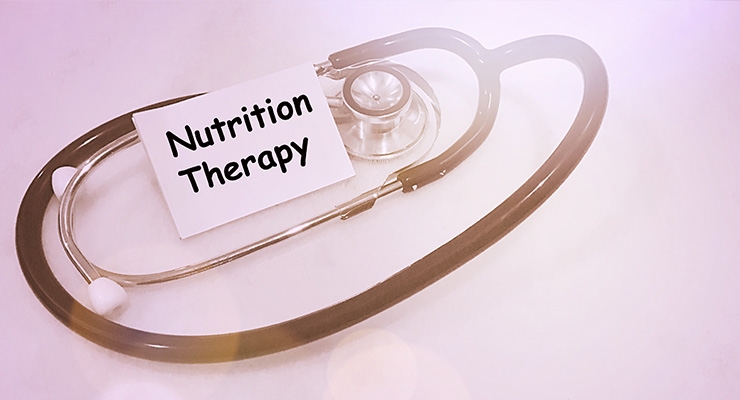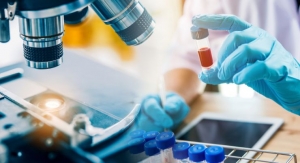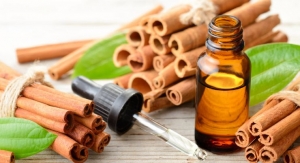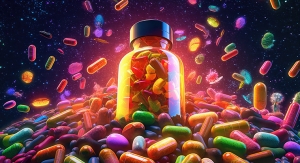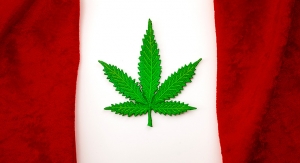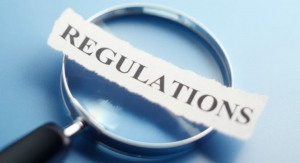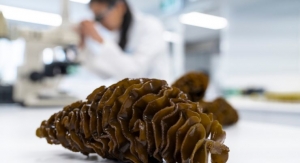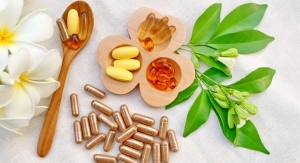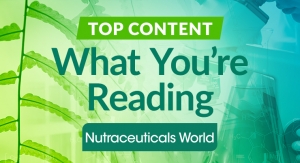By Joerg Gruenwald, analyze & realize ag06.02.17
Medical devices, or at least certain classes of medical devices, have constituted a welcome loophole for European food business operators for a while. Since medical devices are not regulated as foods, they are not subject to the Nutrition and Health Claims Regulation, and are thus not affected by the current dilemma facing botanicals.
Botanical health claim evaluations were put on hold when it became clear that the European Food Safety Authority (EFSA) uses more strict criteria for their evaluation than are required for traditional herbal drugs. This means that, for new products, health claims cannot be made at all on botanical substances.
However, the medical device category might, under certain circumstances, be an option for botanicals. Medical devices are not restricted to apparatus; they can also be substances (the so-called substance-based medical devices). These products can be very similar to food supplements as far as their appearance goes (i.e., they can be capsules and tablets). The main condition for marketability as medical devices is that the products’ primary mode of effect is purely physical as opposed to pharmacological, physiological, or immunological, and that their main effect takes place outside of the human body. For the purposes of this definition, the intestinal lumen as well as the bladder and the nasal cavities are not considered to be inside the human body. Some botanicals have found their way into the medical device category.
Regulatory Change
Until recently, medical devices were regulated by the Medical Device Directive (Council Directive 93/42/EEC). This directive has now been repealed, to be replaced by the new Medical Device Regulation, which was recently adopted in its final version. The publication of the regulation in the EU Official Journal is expected for June/July 2017, with the regulation coming into force half a year later.
Once again, though, this regulatory change will not exactly make life easier for food business operators in Europe. The new regulation will handle substance-based medical devices more strictly than the directive did. As a consequence, those medical devices can no longer be classified as Class I; they will instead be at least Class IIa or IIb. This means that many of the currently marketed substance-based medical devices will have to either be re-classified, or, if it turns out that they no longer comply with the requirements for medical devices, be transferred into a new product category, most likely dietary supplement.
Being turned into dietary supplements, of course, will mean that the affected products will once again be subject to the regulatory situation regarding health claims (i.e., no health claims for botanicals). Of course, this constitutes a definite disadvantage for former medical devices containing botanicals.
Products containing probiotics (live bacteria) are even more directly affected. They do not even have the option of reclassification; instead, they are explicitly mentioned as no longer being acceptable as medical devices.
Preparation
The new regulation is expected to come into force this year. For a timeframe of three years until 2020, manufacturers may decide whether they wish to certify their products under the new Medical Device Regulation or under the old Medical Device Directive. After 2020, this will no longer be possible. However, existing products, once certified as medical devices, can stay on the market for five years.
In any case, marketers should prepare to upgrade their substance-based products, or, alternatively, should evaluate what other options exist. For reclassification, an update of the existing technical documentation for the product is required. This may include biological and clinical evaluations, which can be either literature-based or based on product-specific clinical or pre-clinical data. The affected products will then have to be re-certified for new CE marks.
In case this is not possible, a careful evaluation of alternatives for the products is required. Many substance-based medical devices can probably be notified as dietary supplements. To ensure this, the marketability of all products as food substances should be checked, including all additives and adjuvants. Also, the health claim situation may require a closer look at possible applications for proprietary health claims, especially if good clinical data is available.
All these possibilities are best evaluated with the help of experienced consultancies such as analyze & realize.
Joerg Gruenwald
analyze & realize ag
Dr. Joerg Gruenwald is co-founder of analyze & realize GmbH, a specialized business consulting company and CRO in the fields of nutraceuticals, dietary supplements, herbals and functional food, and author of the PDR for Herbal Medicines. He can be reached at analyze & realize GmbH, Waldseeweg 6, 13467 Berlin, Germany; +49-30-40008100; E-mail: jgruenwald@a-r.com; Website: www.analyze-realize.com.
Botanical health claim evaluations were put on hold when it became clear that the European Food Safety Authority (EFSA) uses more strict criteria for their evaluation than are required for traditional herbal drugs. This means that, for new products, health claims cannot be made at all on botanical substances.
However, the medical device category might, under certain circumstances, be an option for botanicals. Medical devices are not restricted to apparatus; they can also be substances (the so-called substance-based medical devices). These products can be very similar to food supplements as far as their appearance goes (i.e., they can be capsules and tablets). The main condition for marketability as medical devices is that the products’ primary mode of effect is purely physical as opposed to pharmacological, physiological, or immunological, and that their main effect takes place outside of the human body. For the purposes of this definition, the intestinal lumen as well as the bladder and the nasal cavities are not considered to be inside the human body. Some botanicals have found their way into the medical device category.
Regulatory Change
Until recently, medical devices were regulated by the Medical Device Directive (Council Directive 93/42/EEC). This directive has now been repealed, to be replaced by the new Medical Device Regulation, which was recently adopted in its final version. The publication of the regulation in the EU Official Journal is expected for June/July 2017, with the regulation coming into force half a year later.
Once again, though, this regulatory change will not exactly make life easier for food business operators in Europe. The new regulation will handle substance-based medical devices more strictly than the directive did. As a consequence, those medical devices can no longer be classified as Class I; they will instead be at least Class IIa or IIb. This means that many of the currently marketed substance-based medical devices will have to either be re-classified, or, if it turns out that they no longer comply with the requirements for medical devices, be transferred into a new product category, most likely dietary supplement.
Being turned into dietary supplements, of course, will mean that the affected products will once again be subject to the regulatory situation regarding health claims (i.e., no health claims for botanicals). Of course, this constitutes a definite disadvantage for former medical devices containing botanicals.
Products containing probiotics (live bacteria) are even more directly affected. They do not even have the option of reclassification; instead, they are explicitly mentioned as no longer being acceptable as medical devices.
Preparation
The new regulation is expected to come into force this year. For a timeframe of three years until 2020, manufacturers may decide whether they wish to certify their products under the new Medical Device Regulation or under the old Medical Device Directive. After 2020, this will no longer be possible. However, existing products, once certified as medical devices, can stay on the market for five years.
In any case, marketers should prepare to upgrade their substance-based products, or, alternatively, should evaluate what other options exist. For reclassification, an update of the existing technical documentation for the product is required. This may include biological and clinical evaluations, which can be either literature-based or based on product-specific clinical or pre-clinical data. The affected products will then have to be re-certified for new CE marks.
In case this is not possible, a careful evaluation of alternatives for the products is required. Many substance-based medical devices can probably be notified as dietary supplements. To ensure this, the marketability of all products as food substances should be checked, including all additives and adjuvants. Also, the health claim situation may require a closer look at possible applications for proprietary health claims, especially if good clinical data is available.
All these possibilities are best evaluated with the help of experienced consultancies such as analyze & realize.
Joerg Gruenwald
analyze & realize ag
Dr. Joerg Gruenwald is co-founder of analyze & realize GmbH, a specialized business consulting company and CRO in the fields of nutraceuticals, dietary supplements, herbals and functional food, and author of the PDR for Herbal Medicines. He can be reached at analyze & realize GmbH, Waldseeweg 6, 13467 Berlin, Germany; +49-30-40008100; E-mail: jgruenwald@a-r.com; Website: www.analyze-realize.com.

